Gadgets
Do Blinks Cameras Use SD Cards & Do They Use Thumb Drives?
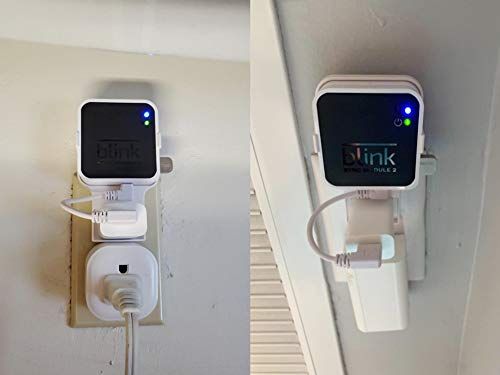
The Blink Outdoor Camera is a prime example of the adage that “good things come in little packages,” and it does so in a very convincing manner. This cloud-based system is capable of recording up to 7,200 seconds of video, which is equivalent to 1,440 clips of five seconds each.
You don’t even need to worry about deleting old films since the camera will do it for you; it will automatically record any material that is too old.
Having said that, you may be wondering whether it is still possible to use an SD card with the device if you want to save all of the videos you have shot instead.
The Blink Outdoor Camera does not need the usage of an SD card since it is mostly dependent on the “cloud.” Within the Blink app, you will have access to all of your previous recordings.
Nevertheless, Sync Module 2 gives you the option to store data locally on a USB drive if that is what you would want to do. We are here to provide our readers with the knowledge they so much deserve. So, Let’s get started.
Does an SD Card Need to Be Inserted into the Blink Outdoor Camera?

As a point of reference, the term “memory card” may also be used to refer to a secure digital (SD) card. In a nutshell, it enables you to save data up to the maximum amount that can be stored on the device.
On the other hand, your Blink Outdoor Camera and its Sync Module 2 do not need this device due to the following reasons:
Your information is kept safe and secure in the cloud by Blink. As long as you have a connection to the internet, your device will send data to a private library that you alone will be able to view.
It is intended for you to be able to hold your camera in the palm of your hand. It is not ideal to add an SD card slot since doing so can cause it to become larger.
Although it is not required, Blink would want customers to sign up for a monthly subscription, which would enhance the amount of cloud storage space available on their devices.
You may, instead, use a USB drive in conjunction with your Sync Module 2 if you do not like to pay for the subscription or if you would rather not utilize the local storage option.
Using a USB Drive with the Blink Sync Module 2 For your Blink Outdoor Camera to function, you are going to need to get a Sync Module.
If you are uncertain about the distinction between a standard Sync Module and a Sync Module 2, the older model does not have a USB connector while the more recent type does.
(However, regardless matter how long ago you got your Blink Outdoor Camera, both of these devices are compatible with it.)
In addition, not only will these accessories improve the life of the battery in your camera, but they will also enable you to connect to the internet. The USB port on the Sync Module 2 serves two functions, which are as follows:
You may attach a power adapter to the device by making use of the USB port if you wish to employ a wired connection.
You may increase the amount of storage space available on your device by inserting a thumb drive into the corresponding USB port.
What kind of USB do I need to save the footage from my Blink Camera?
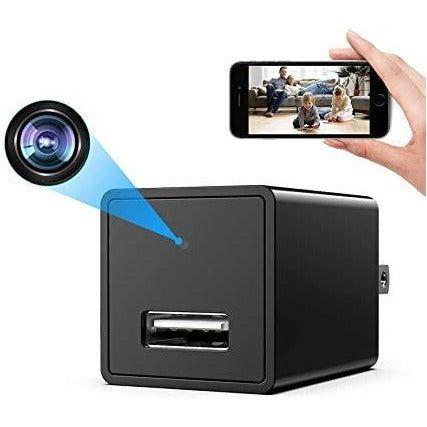
To transfer video from your camera to your Sync Module 2, you will need a certain sort of thumb drive. When choosing to proceed in this direction, here are some factors to bear in mind:
- You Will Need a USB Device Equipped with Sufficient Memory
- According to Blink, you should check that the following parameters are met by your thumb drive:
- The amount of storage space required might range anywhere from 1 GB to 256 GB.
- As a point of comparison, the majority of clips are less than 10 MB, so this ought to be more than sufficient storage.
- If you’re going to use an older thumb drive with these settings, check that the device has at least 375 MB of free space on it.
- Remember that in the long run, this very little quantity of storage space won’t be sufficient.
- Your USB Drive must Be in the Appropriate Format
Before you can utilize your USB drive, it must be in the appropriate format. The methods required to format your device will be different for Windows systems than they are for iOS devices since these two types of operating systems are completely different from one another. So:
Watching this video will teach you all you need to know for formatting your thumb drive if you have a computer running Windows. To get right to the meat of the matter, fast forward to 1:44.
Watching this video will teach you how to format your Mac if you have one of those computers.
To use your USB drive, it will need to be formatted in one of the following ways:
- ExFAT (Blink advocates using this approach) (Blink suggests using this method)
- FAT32 (Blink believes this option may hold almost 16,000 clips a day) (Blink says this option could store over 16,000 clips a day)
- FAT (MS-DOS) (MS-DOS)
When you are finished formatting your USB, go ahead and insert it into your Sync Module 2 device. Then, give it a try in a test environment. If you have done everything properly, all of your films should be saved to the USB device that you are using.
How can you access the footage stored on the USB from the Blink Camera?
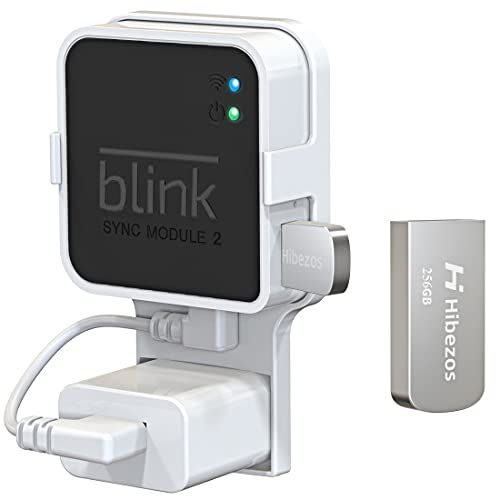
Launch the Blink app first to access the film stored on your USB device, as instructed by Blink. Then:
- To access the Sync Module, tap on its icon.
- Proceed to the settings menu for the Sync Module.
- To the right of “Local Storage,” there is a white arrow that you should tap on.
- Simply press the “Safe Eject USB” button.
- Simply connect the USB drive to your computer.
You should not remove your USB device until the application has successfully ejected it first. If you do so, the data on the device might get corrupted, which would make it almost difficult to watch recordings.
Does the Blink Camera Have Its On-Device Storage?
On a Blink Camera, there is neither a slot for an SD card nor a connector for a USB cable. You will be required to find an alternative method of storing your movies and photographs if you do not want to pay for a Blink Subscription plan.
In such a case, a notice of activity will be delivered to you, and you will be switched over to Live View mode. There won’t be any Moton Clips preserved.
The Blink Camera does not have its storage on-board. On the other hand, the Blink Sync Module 2 is capable of establishing a wireless connection with a Blink Camera and saving data locally to an associated USB Drive.
Only those who have a Blink Subscription will be able to store Live View. It is not necessary to have a membership to store motion clips.
To begin, the older Sync Module 2 does not have the capacity for local storage like the newer Sync Module 2.
Because it does not have a USB port that is meant to accommodate a USB drive, the original Sync Module is unable to save any video. All of the clips are uploaded to the cloud via the first Sync Module.
Conclusion
In a nutshell, an SD card is not required for you to utilize your Blink Outdoor Camera. On the other hand, if you wish to increase the amount of data that can be stored on the device, you may either sign up for a subscription service or connect a USB drive to your Sync Module 2 instead.
-
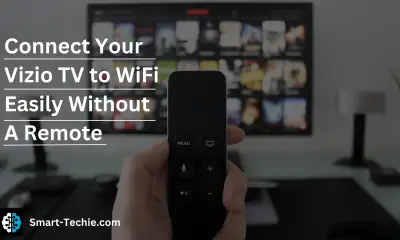
 Solutions2 years ago
Solutions2 years agoHow to Connect Your Vizio TV to WiFi Easily Without a Remote?
-
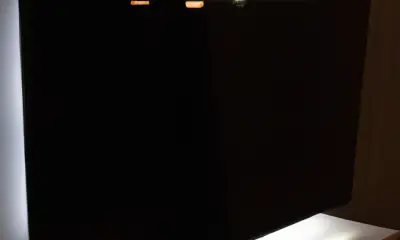
 Solutions2 years ago
Solutions2 years agoWhy is My Samsung TV Picture So Dark? Exploring the Possible Causes
-
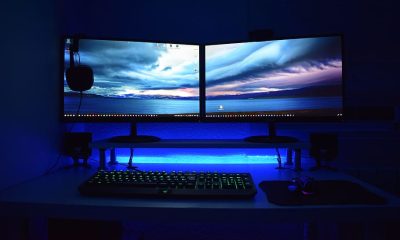
 Accessories2 years ago
Accessories2 years agoCan A Hdmi Splitter Extend The Display To 2 Monitors?
-
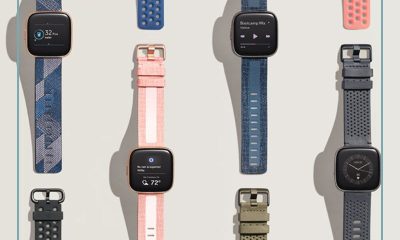
 Gadgets2 years ago
Gadgets2 years agoFitbit Symbols Meaning: What Do The Fitbit Icons Mean?
-
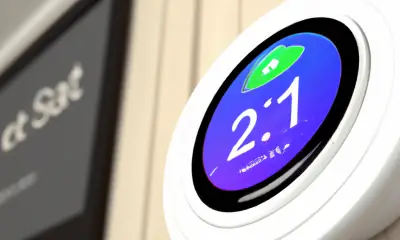
 Accessories2 years ago
Accessories2 years agoDo Smart Thermostats Run On Batteries? Let’s Find Out
-

 Solutions2 years ago
Solutions2 years agoWhy Can’t I Stream Netflix From My Phone? | Solution
-

 Solutions2 years ago
Solutions2 years ago8 Ways How To Stop Google Home Nest From Crackling
-

 Solutions2 years ago
Solutions2 years agoHow To Fix Charging Not Available? Iphone Liquid Detected




